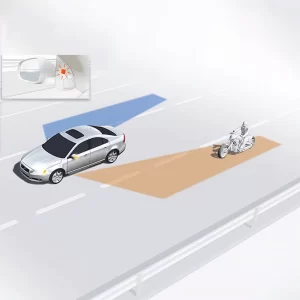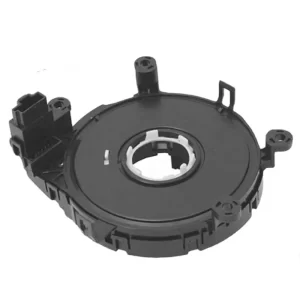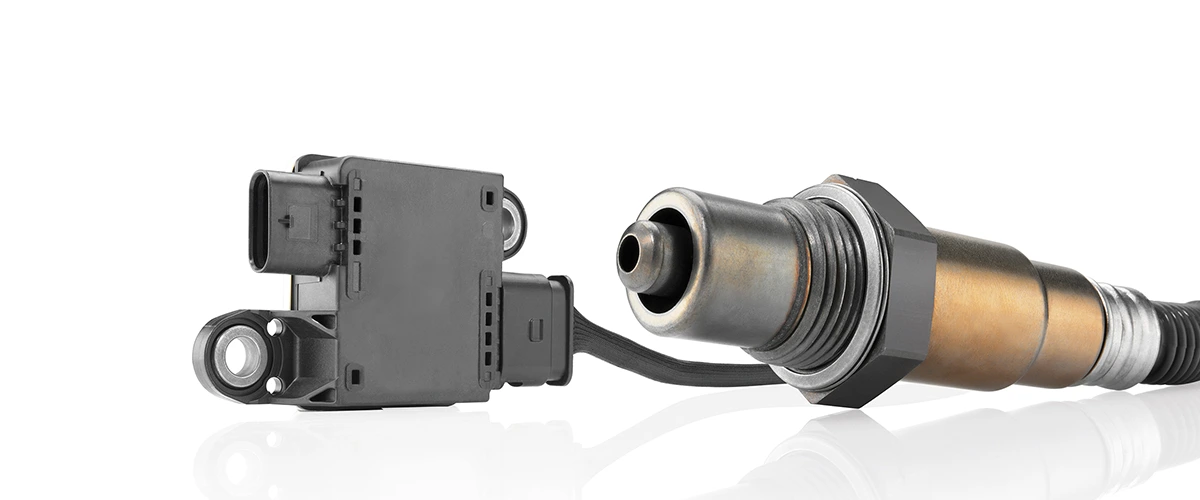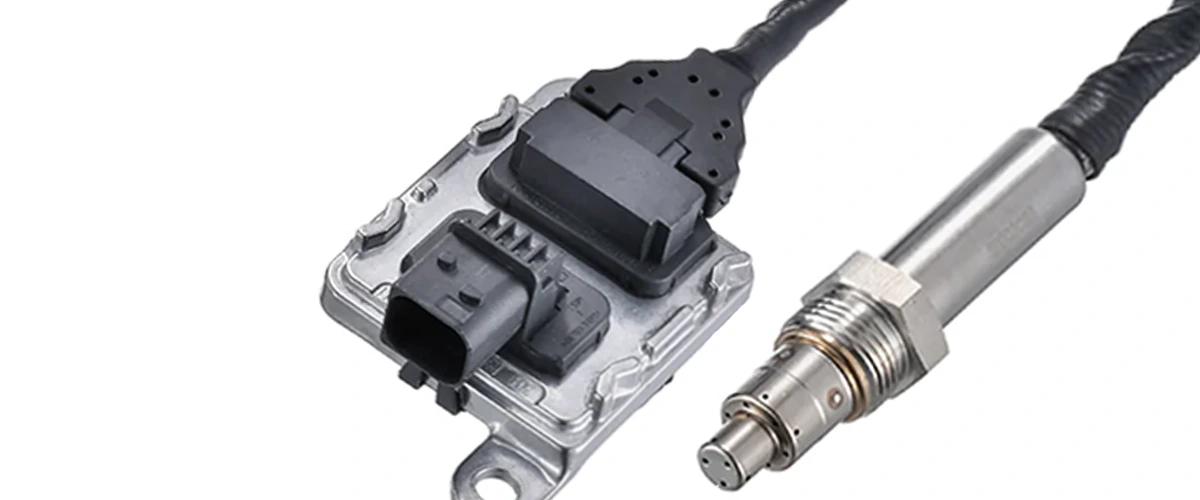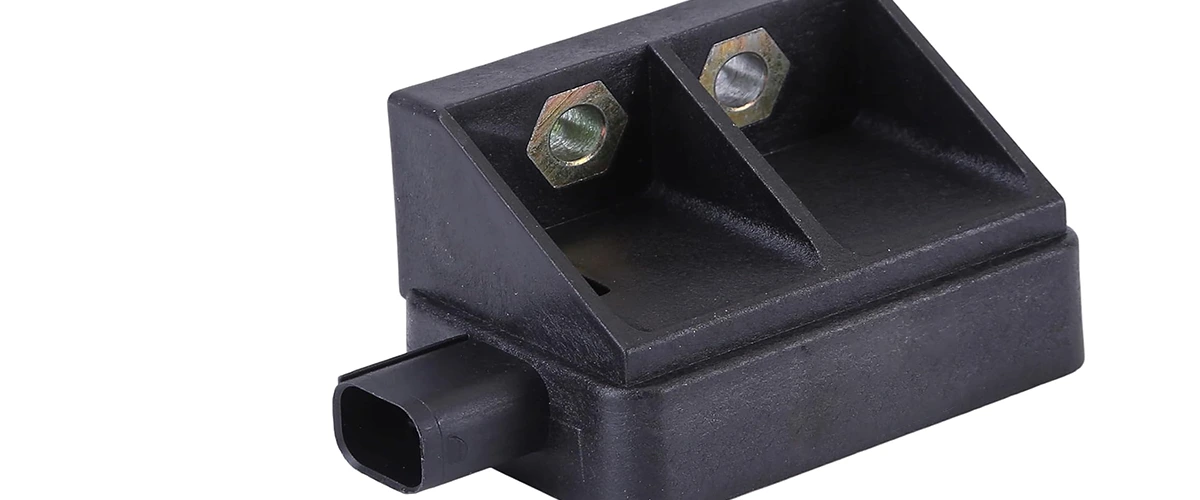If your car is having trouble starting, misfiring, or getting fewer miles to the gallon, there may be a problem with its ignition coil. An ignition coil is the part of a car’s ignition system that takes the battery’s 12-volt output (low-voltage current) and converts it to up to 45,000 volts (high-voltage current) before supplying it to the engine’s spark plugs.
This is serious because not only will your car run smoothly, if at all, but a bad ignition can damage the catalytic converter in the exhaust system, which is expensive to replace.
How ignition coil work?
The coil works on the principle of a “step-up” transformer, as it converts one voltage to another, which is higher. It uses two separate wires twisted around each other, both twisted around a central iron core, all contained within an insulated housing.
One wire, called the secondary, consists of thousands more turns than the other, called the primary.
This is important because it is the number of turns (think of them as strands) that determines the level of tension the wire can withstand. The magnetic core allows electricity to pass from the primary wire to the secondary.
The primary wire receives low voltage from the battery and creates a magnetic field around it.
However, the moment the distributor or, in more modern ignition systems, the Electronic Control Unit (ECU) cuts the current, the magnetic field collapses, creating or inducing a higher voltage in the secondary wire that travels to the spark plug.
Why ignition coil failed?
INTERNAL SHORT CIRCUITS
Overheating of the coil caused by the aging process, a defective ignition module, or a defective output level of the electronic control unit.
FAULT IN THE VOLTAGE SUPPLY
The charging time of the coil increases due to the voltage supply being too low, which can cause premature wear or overload of the ignition control unit or the output stages of the electronic control unit. This could be caused by faulty wiring or a weak battery.
MECHANICAL DAMAGE
Damage to ignition cables caused by blade bites. A faulty valve cover gasket and resulting engine oil leaks can damage the socket coil insulation. Both causes cause sparking and therefore premature wear.
CONTACT FAULT
Contact resistance in the wiring due to humidity penetrating in the primary and secondary area, also frequently caused by engine washing or the use of grit in winter.
Common ignition coil error codes
- P0351: Ignition coil control circuit – Cylinder 1
- P0352: Ignition coil control circuit – Cylinder 2
- P0353: Ignition coil control circuit – Cylinder 3
- P0354: Ignition coil control circuit – Cylinder 4
- P0355: Ignition coil control circuit – Cylinder 5
- P0356: Ignition coil control circuit – Cylinder 6
- P0357: Ignition coil control circuit – Cylinder 7
- P0358: Ignition coil control circuit – Cylinder 8
- P0359: Ignition coil control circuit – Cylinder 9
- P0360: Ignition coil control circuit – Cylinder 10
- P0361: Ignition coil control circuit – Cylinder 11
- P0362: Ignition coil control circuit – Cylinder 12
Symptoms of a faulty ignition coil
- Engine does not start
- Vehicle misfires
- Poor acceleration or loss of power
- Engine control unit switches to limp-home mode
- Engine warning lamp lights up
- Fault code is stored
Troubleshooting a faulty ignition coil
For better troubleshooting, you may need to know more about your ignition coil:
If you are know well of it, troubleshooting a faulty ignition coil is easy, follow:
Get Full Support
MOOCAR — as a leading exporter, we are continually developing breakthrough sensing and actuating solutions to help optimize emissions control, fuel economy, and drivability. In addition to the above parts, we offer full support of data, market information.

